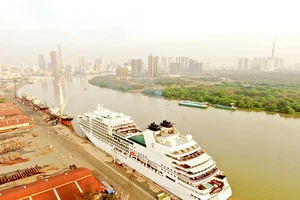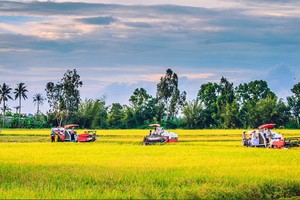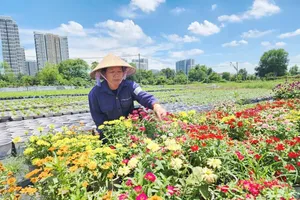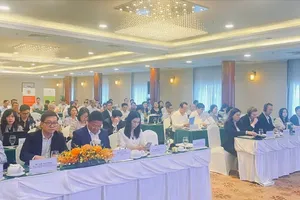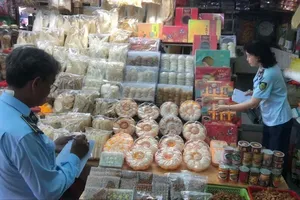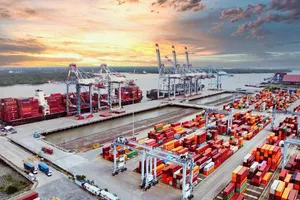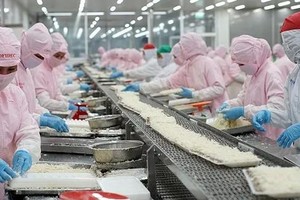
According to Director Nguyen Nhu Cuong of the Crop Production (under the Ministry of Agriculture and Rural Development), the coffee bean yield of Vietnam now is the highest in the world, and its market share the second only after Brazil. In 2023, about 1.61 million tonnes of coffee was exported, earning the record-breaking turnover of US$4.18 billion (a rise of 3.1 percent).
Sadly, the price of Vietnamese coffee stays at the lowest position among five nations exporting this item to Europe just because most is sold under the form of raw materials, whose prices are much lower than those of other competitors.
This is understandable since there are now only 6 factories for instant coffee and 17 for mixed one, with a total output of around 220,000 tonnes a year (comprising 12 percent) as opposed to more than 100 manufacturing facilities for green coffee processing and 162 factories for coffee powder with a designed capacity of 1.5 million tonnes and 73,150 tonnes per year respectively.
Minister of Agriculture and Rural Development Le Minh Hoan once shared that it is impossible to sell raw coffee at a high price. Meanwhile, intensive processing can integrate more values into the end-products, not to mention the exploitation of by-products for fertilizer or dye.
Other produce in Vietnam like pepper, cashew, rice, vegetables, and fruit all share the same fate. After rough processing, they have to ‘borrow’ the brand names of third parties for export purposes.
General Secretary Tran Thi Lan Anh of the Vietnam Chamber of Commerce and Industry (VCCI) shared that around 10 groups of produce in Vietnam have an export turnover of more than $1 billion, yet their growths are based on the development of raw material sales or yield rises.
Agro-fisheries products are normally considered the strength of the Mekong Delta region; however, investments in processing technologies for these products are not commensurate with the capacity. The sector of agro-fisheries product processing for export purposes lacks consistent planning to reach its fullest potential. This results in low added values and an unavoidable dependence on intermediary exporters and retailers.
For instance, Tien Giang Province now has over 86,000ha of orchards, which has attracted the interest of certain local businesses wishing to develop intensive processing of produce and frozen fruits for export. Hung Phat Fruits Producing Co. Ltd. (subsidiary of Andros – France) launched its 6,000-square-meter cold storage in Go Cong District that can accommodate 1,500 pallets. This is a part of its 16,000-square-meter processing facility.
Despite this outstanding example, according to the Department of Industry and Trade of Tien Giang Province, the sector produce processing in the area has not received proper attention. Large-scale factories with advanced technologies sited in the province can only freeze or roughly process about 10-12 percent of fresh produce here. Others are mostly small-scale and with outdated machinery or low-level human resources.
This is a common state in many provinces in the Mekong Delta region like Long An, An Giang, Vinh Long, and Can Tho City.
A similar story can be found in fisheries product processing. Ca Mau Province in the South is one of the leading area as to fisheries export turnovers with more than $1 billion a year, accounting for 20-25 percent of the national one for shrimp. Impressive as it is, the province now has only 38 businesses with 41 processing factories for aquatic products with a total designed capacity of 250,000 tonnes per year.
Director Le Van Chau of Giang Chau One-member Co. Ltd. in Dam Doi District commented that processing is one critical stage to increase the value of end-products, especially exported ones. This is, nevertheless, a weakness of the Mekong Delta provinces due to various inadequacies and challenges like huge investment capital (for upgrading machinery and technologies), complex administrative procedures (environment or firefighting matters), unstable output sources and order quantity.
Statistics from the Ministry of Industry and Trade show that the proportion of processed produce in Vietnam only comprises 10 percent of the total harvested volume, which means large post-harvest losses.



